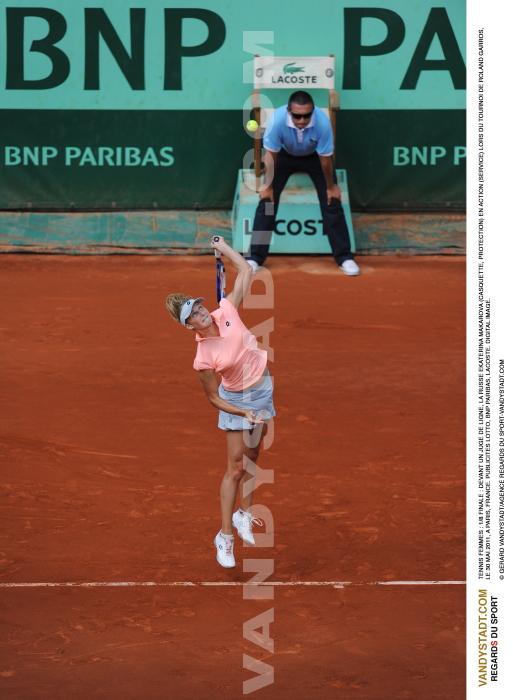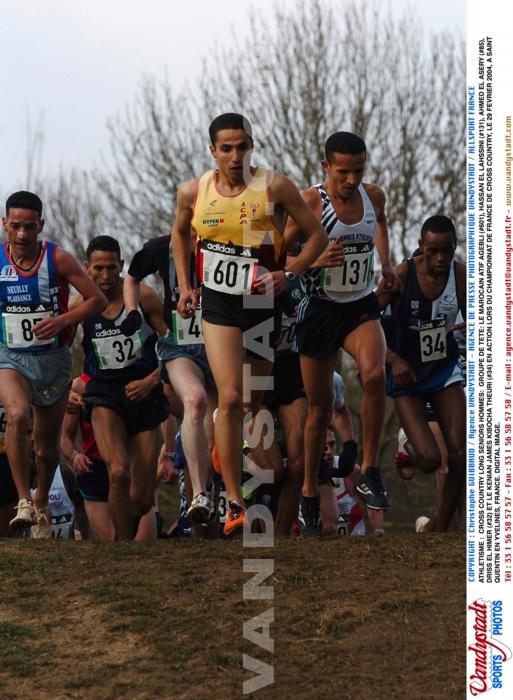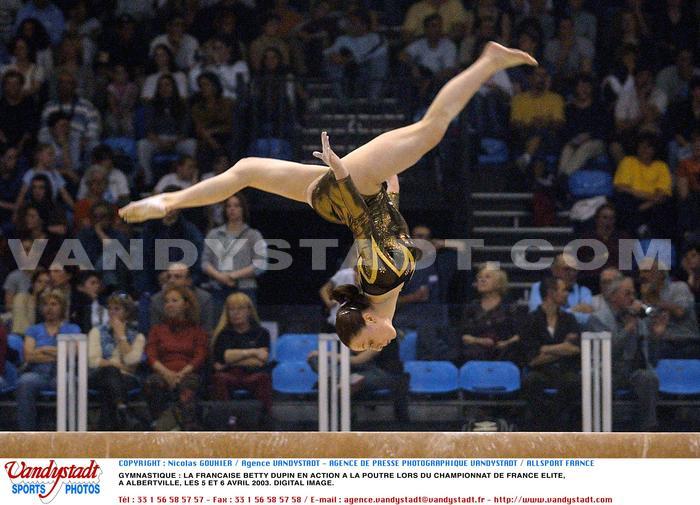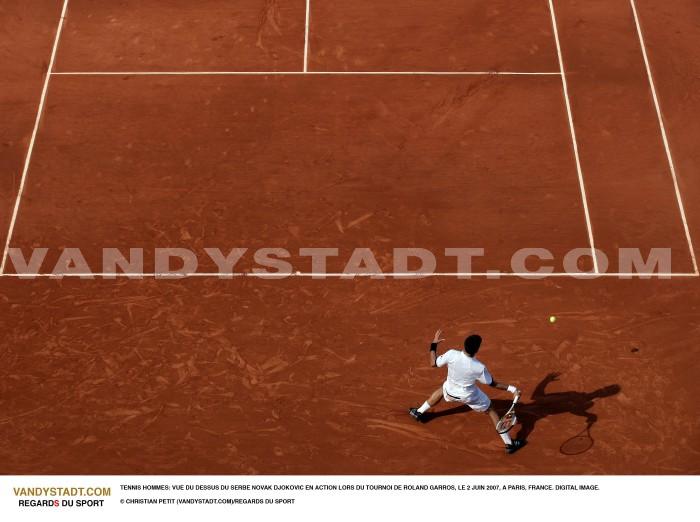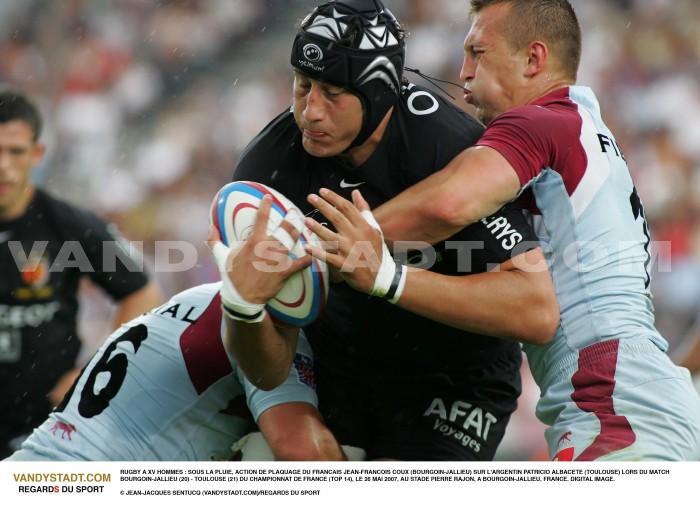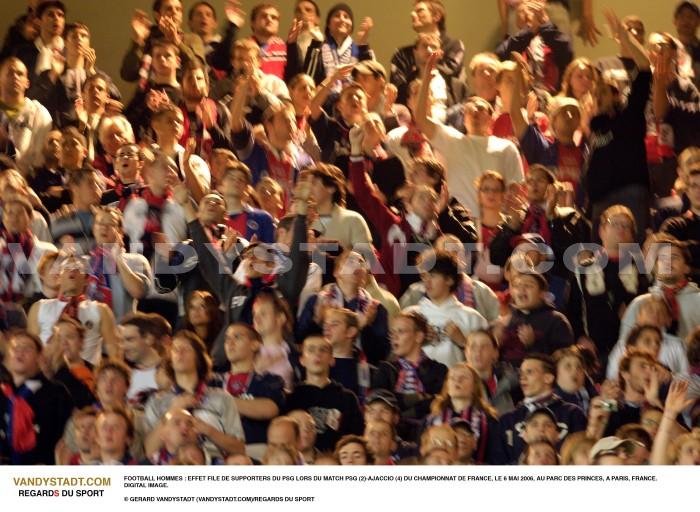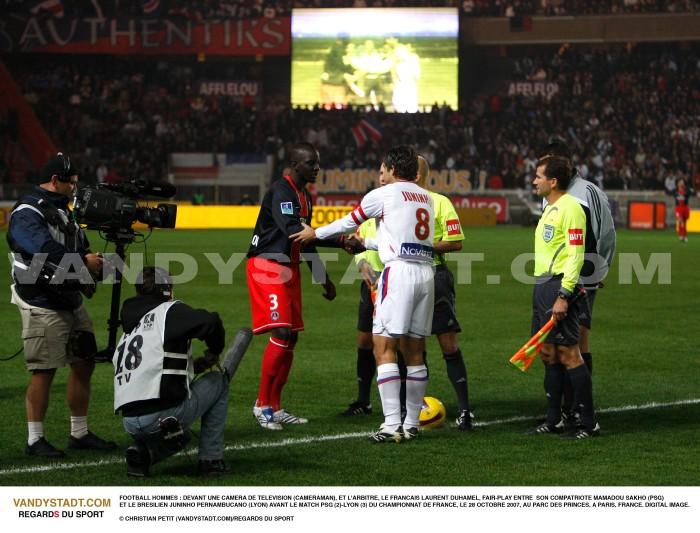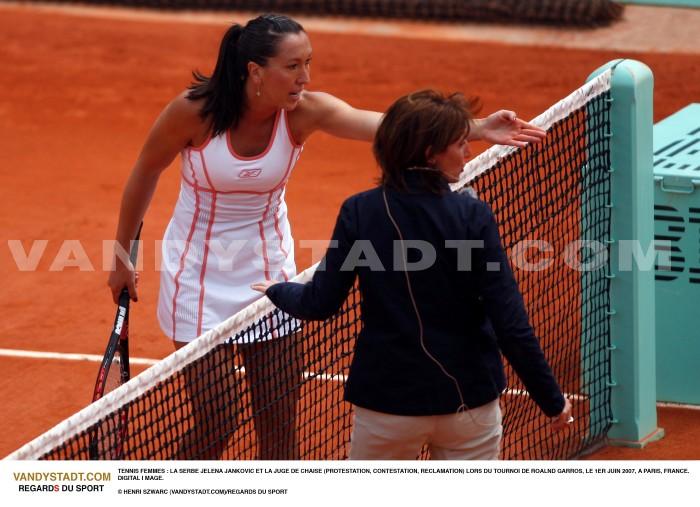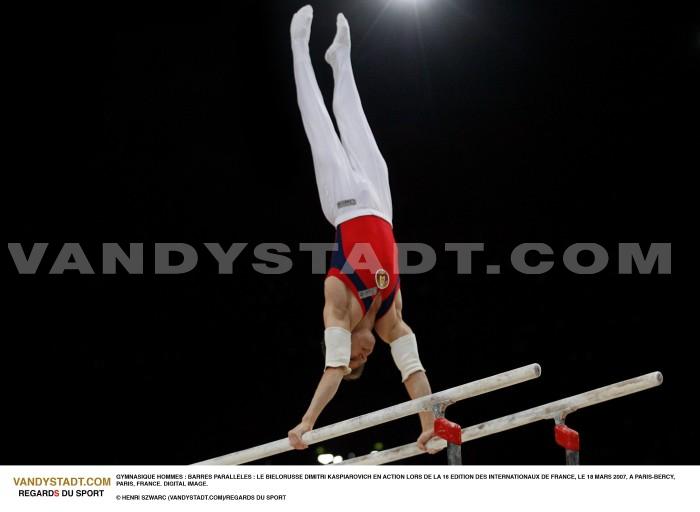Voile - Sailing history
Sailing - Olympic Sports
![]()
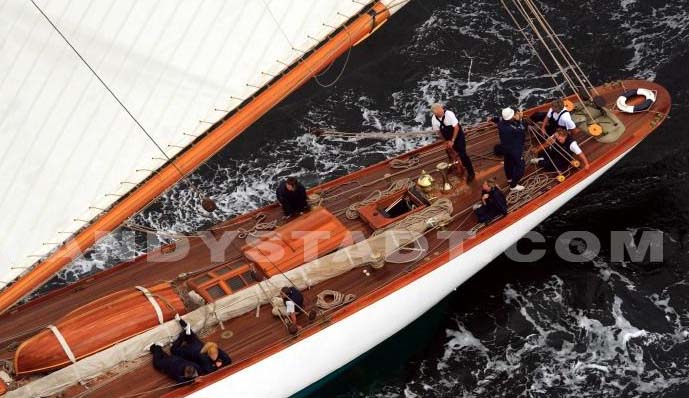
The name "yacht" (ship) comes from the Dutch "jagen" pursuing or chasing. A yacht in Holland in the sixteenth century was a warship fast and light.
History
The liquid element covers about 3 / 4 of the globe. The navigation has been since the beginning of time one of the best ways of transporting people. It is obvious to recall that the veil has fostered major discoveries and exploration of the world. The outrigger canoes, used in Polynesia in the fourteenth century, held all speed records. They are the ancestors of our current multihull.
It is more difficult to define precisely the onset of competition in this conveyance, although it seems that every time the speed was searched, often in order to survive. The pirates who built smaller boats and had certainly veiled souls of competitors. It is symptomatic that the activities of privateers was then called the "Race". More recently, the great clippers were fabulous regatta to bring to London as soon as possible cargoes of tea.
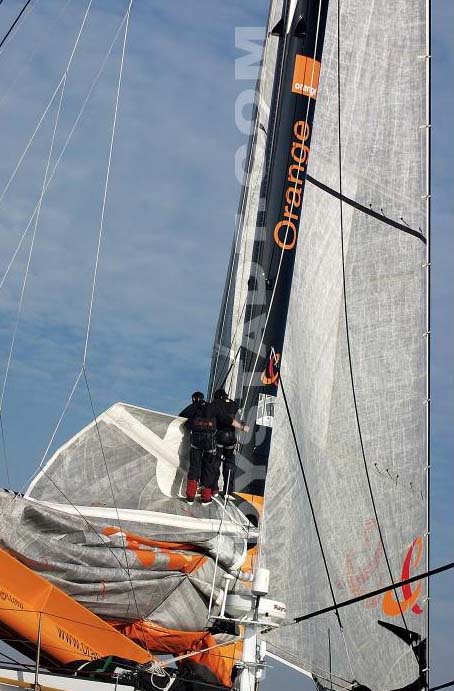
The first regatta in England took place in 1660 between the vessels of the Duke of York and Charles II between Greenwich and Gravesend. In 1749, the Prince of Wales (Charles III) has created a trophy for sailing boats (a dozen took part) in the Firth of Thames. In 1851, the first American sailing club the New York Yacht Club (NYYC) sent the schooner America to England to participate in a race around the Isle of Wight for a cup (Cup of One Hundred Guineas) offered by the Royal Yacht Squadron. He fought largely on 15 English yachts, winning the historic trophy which bears his name. The trophy was renamed the 'Americas Cup' after the name of his schooner (and not in honor of the United States). The trophy remained in their possession in the New York Yacht Club until 1983, when 'Australia 2' (skipper John Bertrand ), an Australian yacht won the race by beating the American ship 'Liberty' ( Skipper Dennis Conner ).
After the renovation of the Olympic Games, the sailing was very quickly entered the Olympic program (1900). And we enter the modern history of the regatta, with the appearance of races monotypes, that is to say sailboats current against each other in real time. After the war, the emergence of new materials such as plywood or fiber to the shell, the aluminum masts, will foster the emergence of monotypes in many fleets around the world and the organization of Continental Championships and world with sometimes over 100 boats on a starting line.
The International Sailing Federation (ISAF International Yacht Racing Federation until 1996) was founded in 1906 and has 121 member countries. It is particularly responsible for regulating race, the choice of Olympic classes and classes international speed records. It also manages the racing models remote!
The French Federation was created in 1945, first as the French Federation of Yachting Sailing, and since 1975 under the name of French Sailing Federation.
Sailing and Olympism
The veil has become an Olympic sport in Paris in 1900 at the time, the disadvantages of time determined the winners. The formula of the competition and classes of boats have changed frequently as the popularity of various boats. They have become smaller with fewer crew. The boats are now distributed according to monotypes weight classes and gauges identical. In 2000, only the Soling had a crew of 3 sailors. The program consists of Olympic events for women, men and mixed.
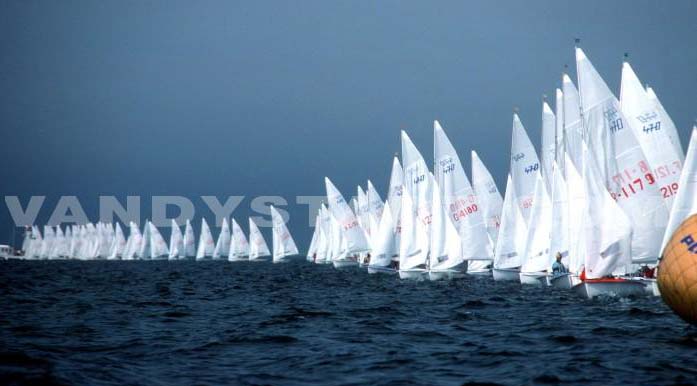
The first French Olympic medals were won by the brothers on the yacht Thubi Mac Mich. in 1920, Ms. Virginie Heriot on Little Wing in 1928 and Jacques Lebrun in 1932 in Los Angeles.
Until the Sydney Olympics in 2000, sailing was called "yacht" in English, then it was renamed "sailing" at these Games. This was the first time in Olympic history that an Olympic sport changed his name.
The oldest sailing clubs in France
1838 Regatta Sté of Le Havre - 1846 Sté of Regatta Bay of Somme - 1847 Regatta Stes of Brest and Rouen - 1850 Regatta Sté county of Maine-et-Loire - 1851 Regatta Sté of Royan
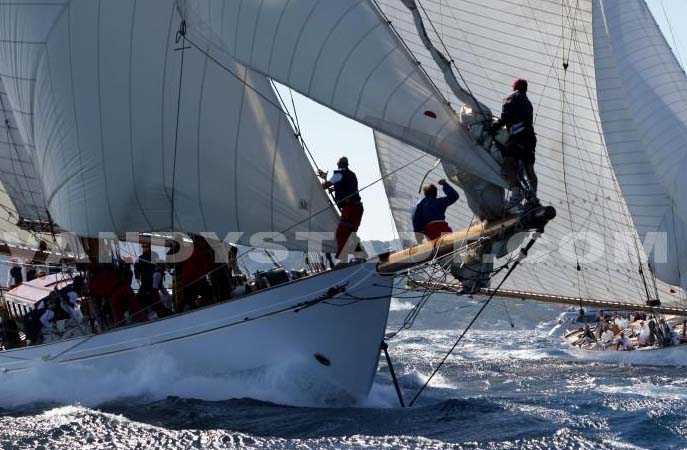
Some dates 1876: the catamaran Amaryllis of Nart Herreshoff won the Centennial Regatta in New York 1947: Manu Kai first offshore catamaran Rudy Choy 1966: Trimaran Toria wins Tour of Britain 1968: proa Cheers finished third in the OSTAR 1972: Pen Duick IV wins hands Ostar Alain Colas 1976: Third Turtle, a trimaran 9.30 meters led by Mike Birch is ranked 2nd in the OSTAR 1978: Olympus Photo won the first Route du Rhum in the hands Mike Birch 1980: Moxie, a trimaran equipped with a furling mainsail and led by the Dean of the race Phil Weld (66) 1980: First victory of a catamaran, Elf Aquitaine in La Baule-Dakar 1982 : the proa Guy Delage, Lestra Sports, finished 3rd in La Rochelle-New Orleans 1984: Royale II won the first edition of Quebec-Saint Malo in 8 days 20 hours 1985: Apricot, a 60-foot trimaran won a stage of Course de l'Europe. This is the first multihull new generation trimarans will inspire current 1987: Lada Poch foiler is the first to win a race Ocean, La Baule-Dakar 1990: record of crossing the Atlantic by Jet Services V in 6d 13h 03mn in 1990: new gauge defining a maximum length of 60 feet for a multihull race Open 1994: first release of the hydrofoil that is approaching 40 knots 1996: Creation of the circuit Orma Multihulls 2001 record for crossing the Atlantic by PlayStation in 4d 17h 28mn 06s 2005: round the world record by Orange-2 in 50d 16h 20mn 2006: Creation of the Multi Cup Café Ambassador
The veil has three basic disciplines :
- The racing dinghies and keelboats of competition
- Sailboards
- Offshore races with sailboats.
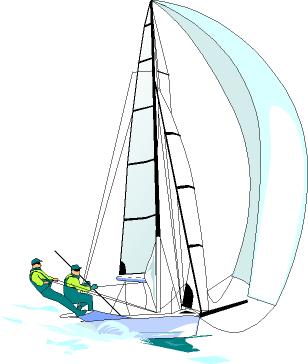
Competition
Travel a given distance in the shortest time with a sailboat.
There are 3 routes for the competition in sailing:
- Simple route to the wind - the wind, banana type
- Triangular course upwind - downwind
- Keystone route
a) Course banana
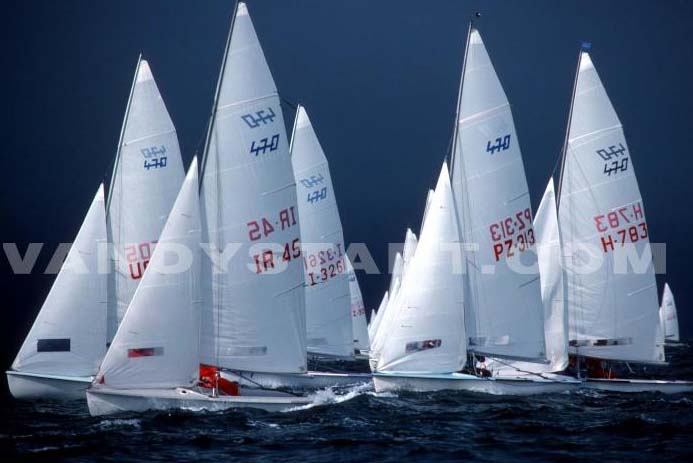
Match-Racing Form
Match-Racing is a battle lasting half past one maximum which occurs over a distance of a length that is by the wind between 8.6 and 12.6 nautical miles. The race begins with a pre-start about five minutes during which each team will try to gain advantage over his opponent with the goal to put the best compared to a defined strategy. Then, the boats cut the starting line materialized by the committee boat and a buoy. This line is also the finish line. The boat then rushed to a first edge upwind to the first buoy at the top of the trail at about 2.5 to 3.2 miles that they must pass on their right (starboard). The return is downwind. Vessels must contouner choice of two buoys and begin a second and final round.
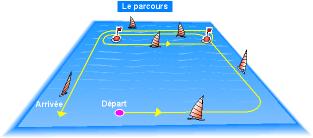
The course is typical: Departure - 1 to 2 - 1 - 2 - Arrival, which is two laps.
b) Course in Classical Olympic triangle says:
The typical term is: Out-1-2-3-1-3-Check.
c) Course in Keystone
In this category there are two types:
Following order: Start-1-2-3-2-3-Check
Mile: a nautical mile or nautical mile is 1 852 meters. It should not be confused with the "mile" English unit of measure equal to 1 609 meters.
Knot: Unit of speed equal to one mile per hour. A ship running at 15 knots runs 15 miles an hour (and up to 15 knots an hour).
Short History: On February 9, 2005, the hydrofoil, hydrofoil boat designed by Eric Tabarly , crossed the Channel between Dover to Calais in 34 minutes at an average speed of 33 knots (62 kph). The voyage lasted four minutes less than the record set July 25, 1909 by Louis Blériot in his plane!
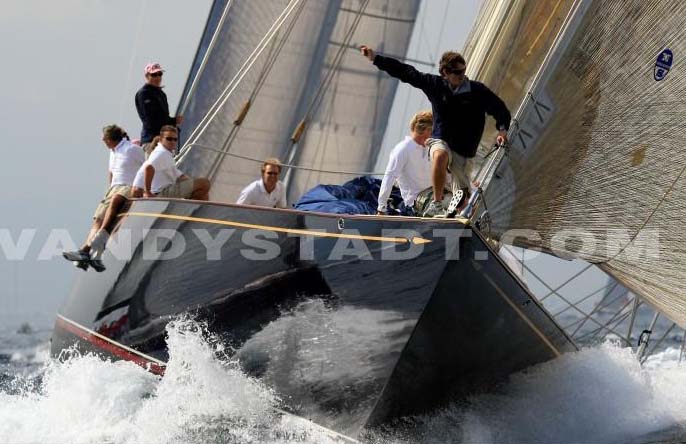
The dinghy and keelboat racing
In general, these monotypes (identical yachts), built from a plan designed by an architect, with invariable characteristics defined in the Rules of gauge length, width, weight, sail plan, plan shape, etc.. All boats of the same type are called monotypes and belong to a class. The International Federation awards different labels for the classes. There are two major forms of races: in a fleet or battle (or match-racing).
- A dinghy is a boat with a retractable drift to stabilize the boat so it does not drift.
- A Regatta is a race between sailboats around 3 buoys. Check the 3rd shot.
- Sailing is a piece of cloth to use the wind to move the boat.
Olympic class sailboats used in the Olympic Games

Europe
This solitary dinghy was designed by Belgian architect Roland. Europe became "Olympic" in 1992 for the category "women". Currently it is mostly Danes and Norwegians who excel in this category. Airfoil surface: 7 m². Mast: 4,57 m.
Laser
A lonely drifter (a person). Designed by American Bruce Kirby in 1972, the Laser Goes International in 1974 and made its debut at the Atlanta Olympics in 1996 as the first Olympic champion Robert Scheidt of Brazil. The Laser is the most popular dinghy in the world thanks to its versatile use and robustness. It is a solid boat, easy to handle, lightweight and flat bottom. Mast: 6,46 m. Airfoil surface: 7.06 m².
In 2005, Sophie de Turckheim became vice-world champion in Laser Radial!
470
Dinghy with two people to man and woman designed to Quiberon in 1963 by the French André Cornu for the dinghy racing's "golden mean" (ranging between 420 and 505). It is a dinghy technically difficult but exciting to settle for templates means. Introduced at the Olympic Games of 1976, it has experienced strong international growth. Sail Area: 12,70 m², 1 jib, 1 spinnaker. The 470 was the first female series, accepted the Olympic Games of 1988.
Past French:
- Olympic champion Thierry Peponnet and Luc Pillot in 1988 (bronze medal in 1984).
- World champions: Yves and Hervé Carré in 1970, Marc Lawrence and Roger Surmin in 1975, Thierry Peponnet and Luc Pillot in 1986, and Gildas Philippe Tanguy Cariou in 1998, Benoit Petit and Jean-Francois Cuzon in 1999.
- Champions of Europe: Florence Lebrun and Odile Barre in 1990, and Gildas Philippe Tanguy Cariou in 2000, Nicolas Charbonnier and Stephane Christidis in 2002, Ingrid Petitjean and Nadege Douroux in 2005.
Finn
Designed by Swedish architect Rickard Sarby in 1949, the Finn dinghy is a solitary male who appeared at the Olympic Games of 1952. Reputed to be the dinghy traditional elite athletes, the Finn is very demanding physically and requires great technical qualities. Since the great Paul Elvström to the former winner of the America's Cup Peter Blake, All sailors in search of excellence has written a few pages of the history of the dinghy. Sail area: 10 sqm.
Past French: Serge Maury , Olympic champion in 1972 and the world in 1973, Philippe Presti , world champion in 1993 and 1996; Xavier Rohart , Vice European Champion in 1997 and 2 times in 3rd world championships (1997 and 1998) .
Tornado
A catamaran sport double (2 people). Designed by British architect Rodney March in 1967, is the only catamaran in the Olympics. Designed to go very fast on a single board, the crews are trying to gain more speed to control their opponents and in turning turnovers. The Tornado is a boat very high level to the impressive size. Following the Barcelona Olympics in 1992, the IYRU decided to initiate the practice of Tornado crews mixed and female. Sail Area: 16.87 m² (a jib of 5.20 m² and an asymmetrical spinnaker of 25 m²)
Past French:
With the 470 the specialty of French with a gold medal at the Olympic Games in 1988 (Jean-Yves Le Deroff and Nicolas Henard) and 1992 ( Yves Loday and Nicolas Henard).
World Champions: Christophe Clevenot Eisenblaetter and Mauritius in 1990.
Champions of Europe: Yves Loday and Nicolas Henard in 1992, Olivier Backes and Laurent Voiron in 2002.
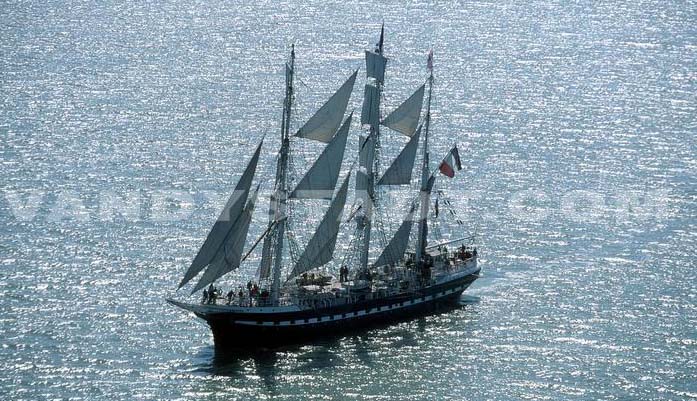
Star
The Star keelboat crew of 2, was designed by American William Gardner in 1911. The oldest Olympic boat, brought the Olympics in 1936, very sophisticated and powerful tactic. Sail Area: 22.35 sqm.
Past French:
World Champions Xavier Rohart and Pascal Rambeau in 2003 and 2005
Olympic bronze medalist Xavier Rohart and Pascal Rambeau in 2004.
49er
The Forty Niner (49er) is a high performance dinghy. It is a monoprint two teammates open to male or mixed crews. Inspired by 18-foot Australian, it has an ultra lightweight shell with a slide and a maximum acceleration continues to allow the vessel to hover. The huge sail area means that the 49er reaches its maximum power at around 8 knots of wind. It was designed by Australian architect Julian Bethwaite and was selected by ISAF for the Sydney Olympics of 2000. This is the boat the youngest Olympic all series since he was born in 1996. Sail area: Mainsail: 15 m² Jib: 6 m² Spinnaker: 38 m².
Yngling
The keelboat Yngling is a three teammates, along 6.35 m wide and 1.73 m of 645 kilos. Designed by Jan Linge in 1968 for his children too small to control a Soling (also designed by him), since it replaces the 2004 Soling Olympic program. The maximum weight of the crew is 205 kilos or 68 kilos on average per team member.
Other international classes of boats, but non-Olympic numbering about thirty, the most common are the 420, the Fireball, the Varmint, Europe, the 505, Dragon, etc..
Major races
- The Olympic Games every 4 years for the Olympic class yachts crewed by nation.
- World Championships ISAF including all Olympic classes. The first edition was held in 2003 in Cadiz in Spain. The next will be held in 2007 in the Bay of Cascais in Portugal.
- World Games(World SailingGames) opened in La Rochelle in 1994 (1998: Dubai - 2002: Marseille - 2006: Neusiedler See, Austria). They include the most popular classes. The equipment is supplied by manufacturers and competitors concourrent each time on a different boat.
- World championships and Europe for Olympic and international classes, every year, with several teams per nation by quotas depending on the quality and quantity of crews in each country,
- National championships: in France, there are three types of championships: the championship of France by specialty (solo, double), age category (minimal, cadet, junior, senior) and for women,
- The "national" classes organized by national and international recognition by the FFV
- Major international weeks, the most famous are: the Kiel Week in Germany (established 1882), the week of Weymouth in Great Britain, Medemblick week in the Netherlands, the week of Alassio in Italy, Week Kingston in Canada, the U.S. Midwinters, weeks in Hyeres, Marseille and La Rochelle in France.
In general, it is organizing a week on the upcoming Olympic Games Olympic site, in the years preceding them.
Windsurfing
It is in monotype regatta (between boards and sails are identical), in open or funboard.
.jpg)
Origins
Racing on boards are used in California since the '50s. In 1965, the American Newman Darby was the first to mount a sail on a board. Three years later, two Americans, the businessman Henry Hoyle Schweitzer and aerospace engineer James Robert Drake, the file name and trademark "Windsurfer," a board with a drift and a boom with a mast articulated. The introduction in Europe will take place in 1970. Windsurfing became an Olympic sport in 1984. It can reach speeds exceeding 80 km / h depending on the power of wind.
Windsurfing has two parts : Board (dimensions: length approx. 3,65 m, width approx. 0.65 m) and "rigging" the mast, sail and the "boom" (the arch in an arc that allows direct the board). The board can capsize but is unsinkable.
Despite his youth, Windsurfing (Mistral) is accepted as early as 1984 Olympic men's series (replacing the Lechner) and entered as a series of Women in Barcelona in 1992. The board chosen from Barcelona is the official board of the International Mistral Class Organization (IMCO): the One Design is a strict one-design class. Appreciated for his great ability to go upwind, it is for athletes of templates means. Length: 3.72 m, width: 0.64 m. Weight: 17 kg. Sail Area: 7.40 m².
Past French: Franck David , Olympic champion in 1992 ( Maud Herbert finished 4th) and Faustina Mermet crowned Olympic champion in 2004.
France has 2 million practitioners!
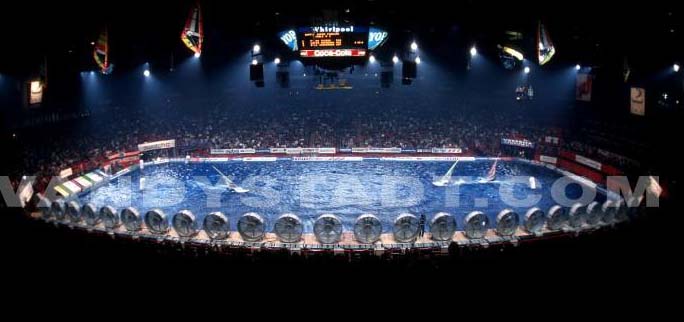
RS: X
It is the board selected for the 2008 Olympics. Length: 2m86, width 93 cm, weight: 15.5 pounds
The Speed Sail
It windsurfing on wheels, invented by Arnaud de Rosnay (1946-1984; funboardeur the impossible disappeared at sea while crossing the Taiwan Strait in 1977), to use the sand.
- The Fly-Surf
This is a surf windsurfing, towed by a kite (kite surfing) or mini parachutes. The first world champion in the history of this sport is a young French Laure Pegon (born 1980), sacred in 1999.
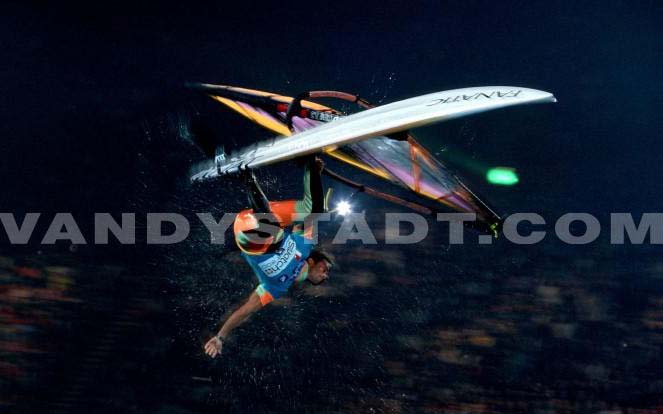
The Funboard
"A board is a Funboard windsurfing ... .. but surfing is not a funboard"
Invented by Californian Jim Drake in 1965, fun board, a plank shorter and more manageable with upgraded equipment, became popular in the 1980s. At that time, riders looking to improve speed and maneuverability. The plates become shorter (3 m 70 2 m 50), footrests (footstrap) are added to further stabilize the plate. The windsurfing has a rear spoiler and a drift to the center to ensure stability. It has no rudder. It is practiced from a wind force 4 (or 13 km / h or 7 knots). According to the wind and sea conditions, there are several types of competition including a slalom and a test wave, discipline 'queen' funboard. In this race, contestants are graded by a jury based on the quality of jumps and maneuvers made surfboards. The windsurfing board is now the most sold in France.
In recent years two other disciplines are also imposed:
- Freestyle: competitors rush in groups of 4 in a series of acrobatics, the looping and jumping. It is a spectacular event, even when no waves.
- The Slalom 42: introduced in 2005, this discipline can bring the action closer to the beach.
- Wave and Wave
- The formula windsurfing: test of endurance and strategy, born in France in 1998. It is to race on any course (wind between 7 and 35 knots between 12 to 65 km / h) and using only a single float and 3 sails. The term (15 to 40 minutes per round) are delineated by buoys, by natural elements (island, beacon, lighthouse). Among the best world specialists include the French Antoine Albeau (first French world champion 'overall', 2004).
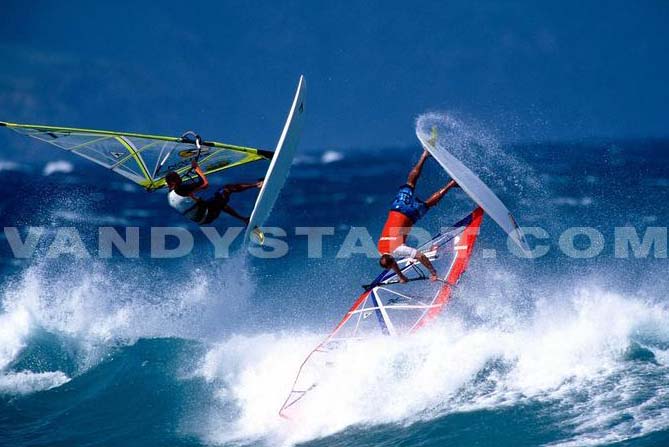
The offshore races
Generally, sailboats range from one point to another. They also participate in the international weeks as Kiel (already cited for dinghies) but their specific test is Cowes Week held annually in August.
Some mythical races off: the Channel Race, the Giraglia (between St. - Tropez, Genoa), Cowes-Dinard, Sydney-Hobart and the Fastnet.
The Admiral's Cup Founded in 1957, is considered the world championship of offshore racing team. It combines the results of Cowes Week and Fastnet. Each nation commits 3 IOR boats participating in the Channel Race, two courses in the Solent as part of Cowes Week and Fastnet. This championship is held every two years
Races Free
Also called races or races promotional "show" for yachts designed without the constraints of the IOR, where complete freedom of design (appearance of giant monohulls and multihulls) and ranking in real time (there more coefficient over rating, more disability). Moreover, there is freedom in advertising, where the appearance of tall ships race sponsored by brand advertising.
This kind of racing is very popular especially in France and to a lesser level in England.
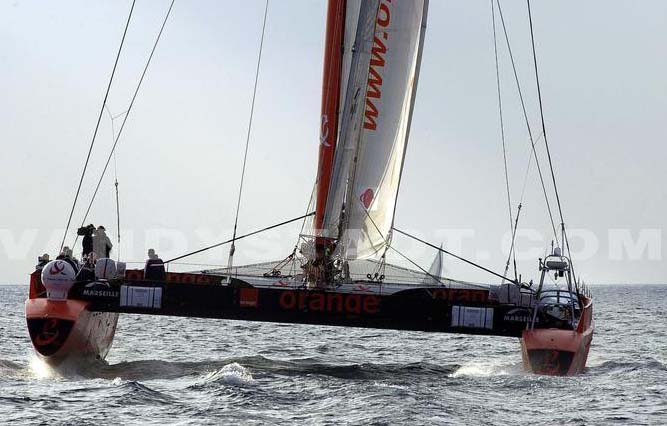
Currently, the main courses are free:
- Transat solo (the OSTAR / North Atlantic Alone) on the course Plymouth-Newport, held every 4 years since 1960.
- The Route du Rhum solo organized every 4 years since 1978 between Saint Malo and Guadeloupe.
- Transat solo "Jacques Vabre" organized every 2 years since 1993 between Le Havre and Cartagena (Colombia).
- Transat duplicated "AG2R" organized every 2 years since 1992 between Lorient and Saint-Barthélemy.
- The Mini Transat solo organized every 2 years since 1977 between Brest, Madeira and St. Martin.
- Quebec Saint-Malo, the transatlantic crew, held every 4 years since 1984.
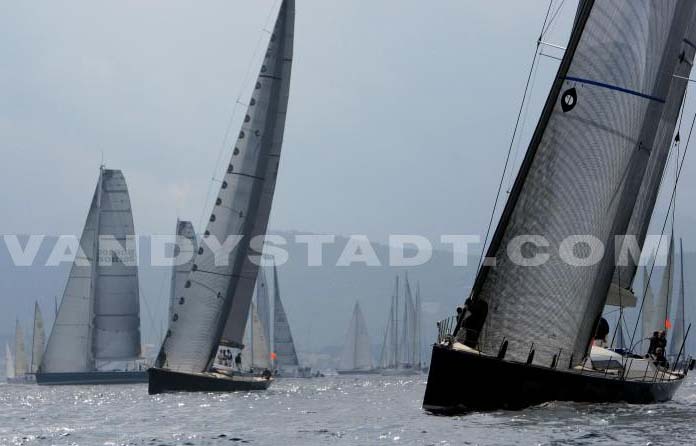
One of the most important races in Europe (40 boats in 1978 and 500 in 2005) is the Spi Ouest France in La Trinidad, visit Paschal between champions and amateurs, established in 1978. It brings together whenever more than 3 000 participants.
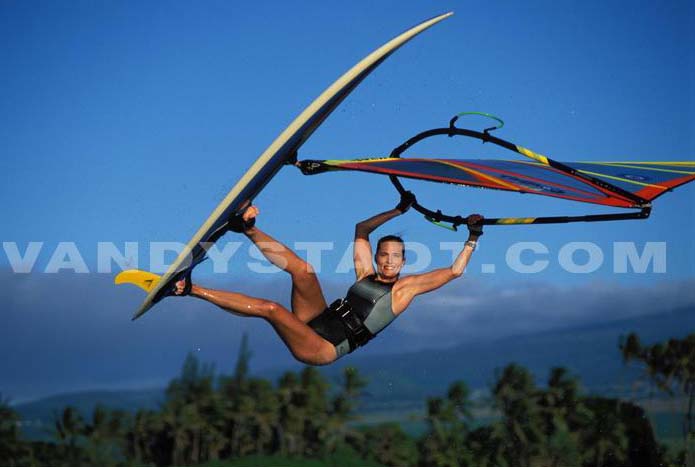
Glossary
Felling: a boat blind, when it follows the direction away from the wind.
Collision: An impact involuntary between two boats.
Fitting: all ancillary equipment constituting a boat (pulleys, cleats, clam-cleat etc..).
Docking: place itself along a dock or another boat.
Adonis said the wind, when it rotates in a direction favorable to the progress of a sailboat. Example: when the wind turns right, over a boat sailing on starboard tack, the wind doing it.
Maritime Affairs: Administration governing everything related to the sea and the maritime domain, organized into regional and district located in a commercial port and fishing.
Pintle: bracket from becoming lodged in the housing (fémelots) to fix the rudder to the transom of the boat.
Body type: direction follows a boat against the wind. A ship can sail at different gaits: the nearest beam, the drops, the wind.
Mooring: action to fix a rope or attach a vessel to dock or another boat.
Blind spot: an area bounded by roads that can take a boat near the close. Port and starboard tack. It is not possible to directly reach a point in that light.
Argos satellite network used to locate a signal from a tag.
Port: the left side of the boat when the observer is facing forward.
Bar: piece of wood or metal used to turn the rudder.
Delete: to act on the bar to steer the boat.
Helmsman: means one who takes the helm.
Spanking: floating in the wind. A sail is more beats when inflated in the wind.
Boc rounded piece (metal or wood) supported on the mast by a jaw.
Edge: distance traveled in the same pace. Pull one side down, edge off. Route completed under the same tack. Tack: change tack.
Border: learn to listen to change the orientation of the sail by reducing it closer to the axis of the boat.
Border: lower side of the veil.
Bout: rope.
Cape: in which direction the boat is moving.
Captaincy: office in a port for the reception and information for boaters: information
ers on the life of the port, tickets, services, administrative information, weather information.
Capsize: heel to the point where the boat goes down and turns.
Shock: relax listening to change the orientation of the sail against the wind. Filer listening
Drift: piece of wood under the hull than in passing in a well sealed, it aims to reduce the drift (drift) of a boat sailing near the wind.
Drifting: Drift boat when it moves in a direction transverse to the one he should take.
Desalination: capsizing and falling overboard.
Listen: tip to guide a sail and position relative to the wind.
Bailer receptacle to empty the water that is at the bottom of the boat.
Beaufort Scale: table established in 1853 giving the correspondence between wind speed and sea state
Jibe: move from one tack to another by being pushed by the wind.
- Gybing dropped: raise the veil drops on port tack to starboard tack dropped.
- Gybing tailwind: raise the sail downwind on port tack to starboard tack downwind.
Equipment (use of): Directors who governs all matters relating to inland water bodies. It has the same role that Maritime Affairs at sea
Spar: means the mast, boom and sprit.
Étambrai: piece of reinforcement used crossing the mast. Optimist In the étambrai means the part in the bow and pierced a hole through which the mast.
Étarquer: soft (stiff) a sail, a bit.
Faseyer: lightly beat a veil Shiver me timbers when not inflated by the wind.
Fémelots: housing for receiving pintles rudder.
Gaskets: small pieces tied through the eyelets of the sail and used to fix the mast and boom.
Weather vane: usually fixed at the top of the mast, moving parts indicating wind direction.
Lodging: tilt, side of the boat due to the wind or a placement of the helmsman's side of the veil. A sailboat is heeled when he leans toward the veil. A sailboat is heeled cons when it is tilted on the side opposite the sail.
Rudder: part of the boat to the lead and made of saffron and bar.
Greer: equipping the boat. On the optimist implement mast, boom, sprit and safety equipment.
Rigging: boat equipment.
Luff: the front of the sail located along the mast.
Hale Baa: tip designed to keep the boom horizontal.
Gauge: a set of characteristics defining a general class of boat but with a uniformity of performance between these boats.
Downwind: gait in which a boat sails the wind receiving 3 / 4 rear.
Lattes: parts of wood or plastic that slipped into sheaths sewn on the sail (batten pockets) keep the beat drop and deform.
Liston: partly encircling the hull along its top edge.
Sprit: long piece diagonally to push the upper point of the sail Optimist.
Lofer: deflecting the boat to place it closer to the wind.
Tack: navigate a turn on the other tack, upwind, performing tacks to reach a target located in the wind.
Operate: Change the way the boat: a switch to a different tack, moving from one gait to another.
Marotte: front part of the hull Optimist.
Mast spar erected substantially vertically. On the Optimist, is maintained by the bench étambrai and a mast where he donned.
Browse: move and walk on water.
Stern: Rear of a vessel.
Bow: bow of a ship.
Near: looking closest to the wind which can sail a boat. On average about 45 ° to the wind.
Priorities: they are defined by navigation rules for preventing collisions at sea
Well drift: shift tight allowing the drift to pass through the hull.
Reminder: position taken by the helmsman to keep the balance of the boat moving away as possible from the longitudinal axis of the boat. The feet are kept under the toe straps, the strake under the thighs and the back is placed outside the vessel.
All results
Copyright Sportquick/Promedi








